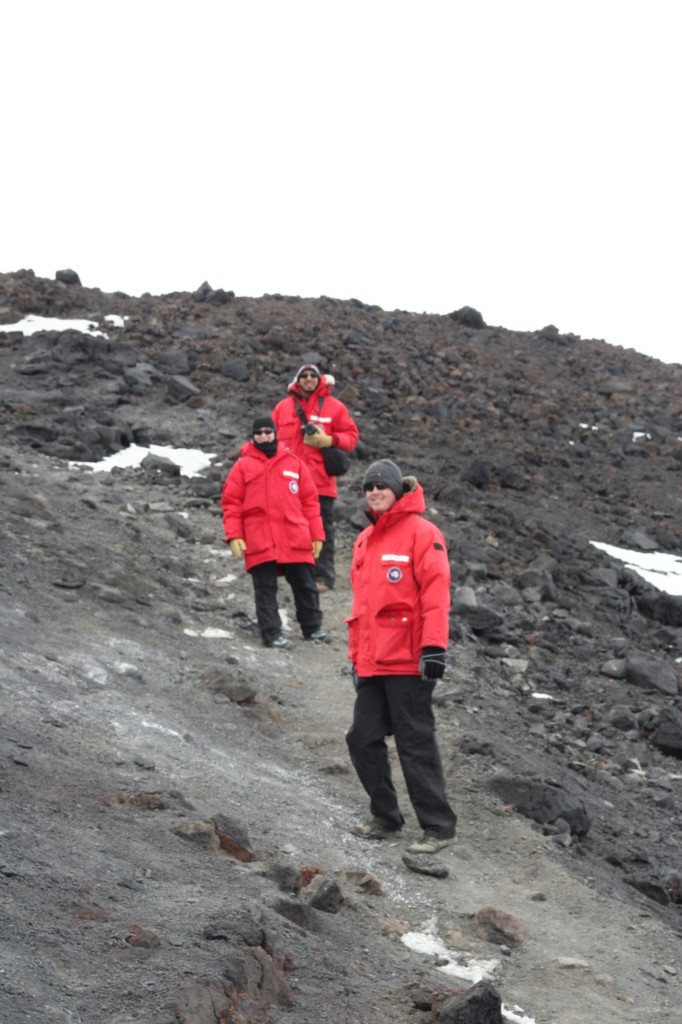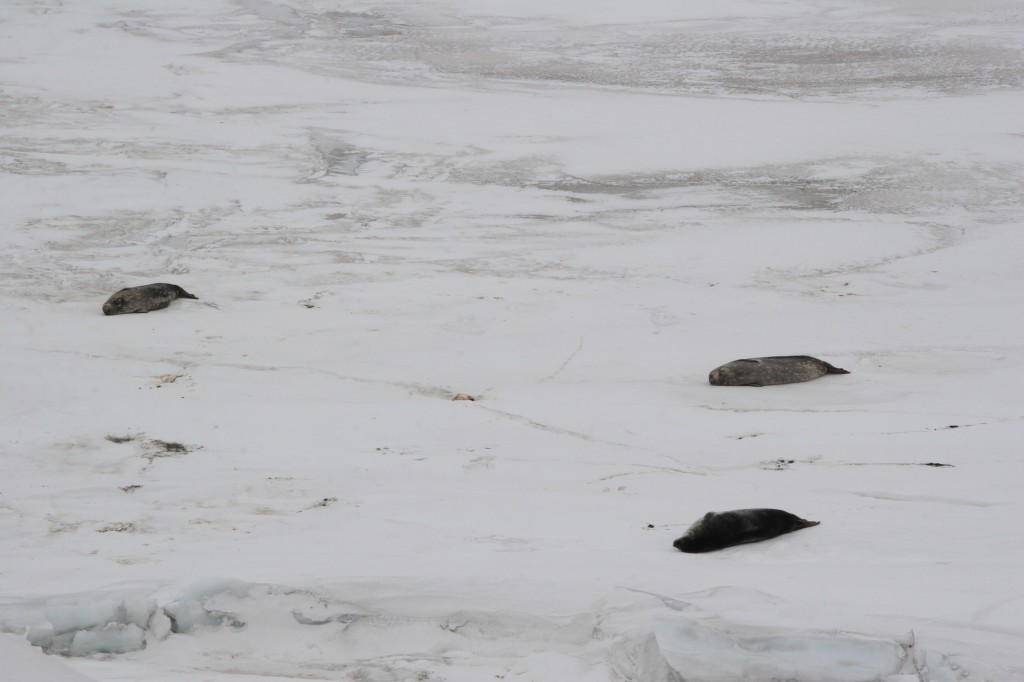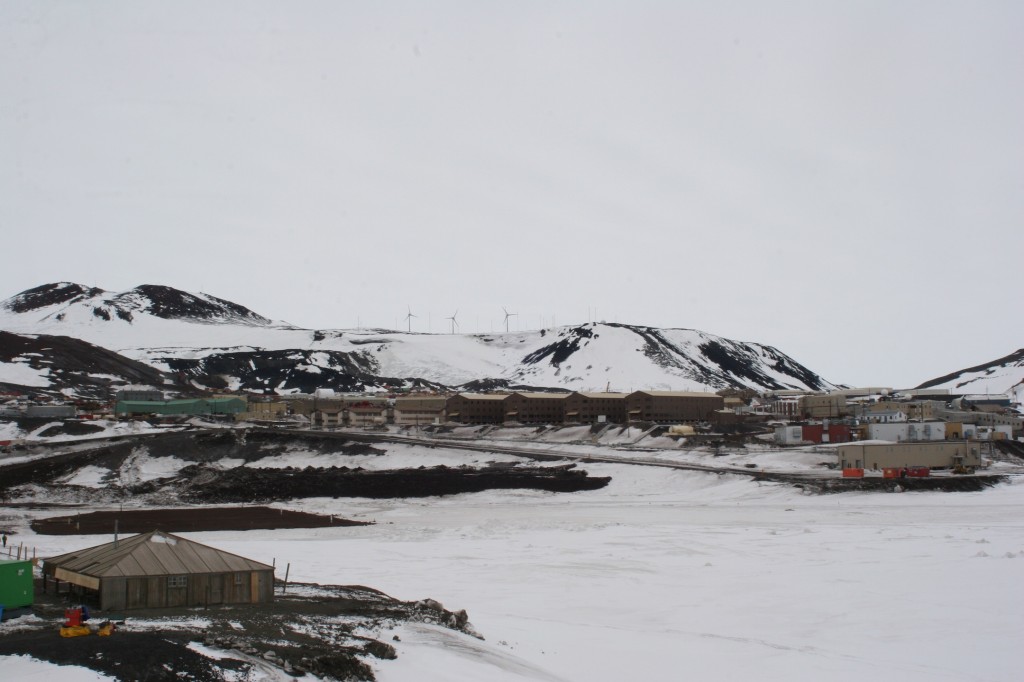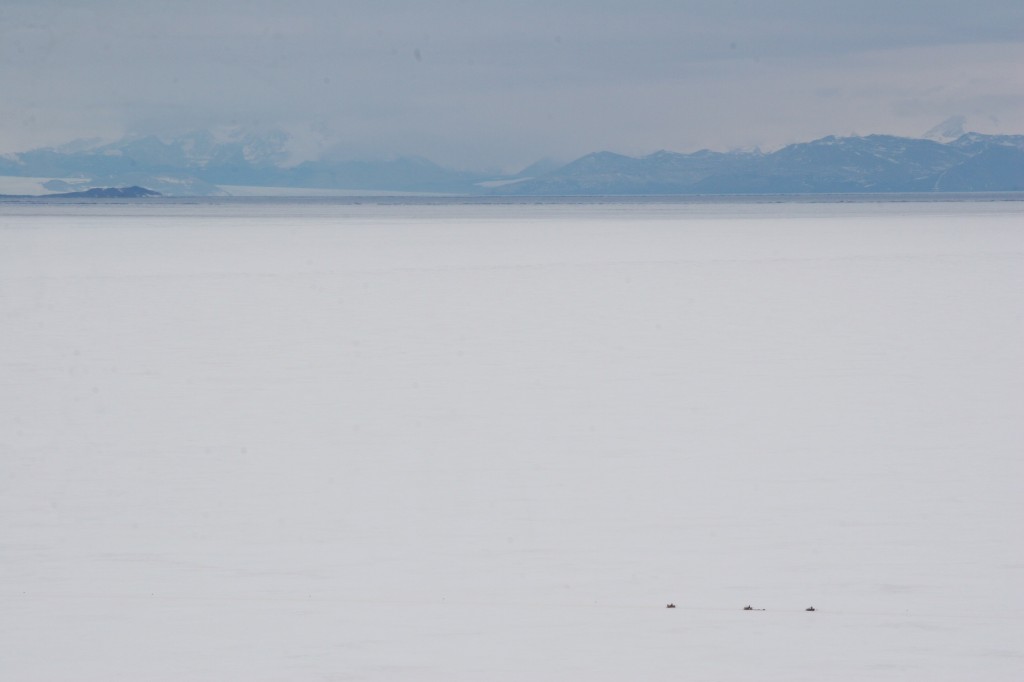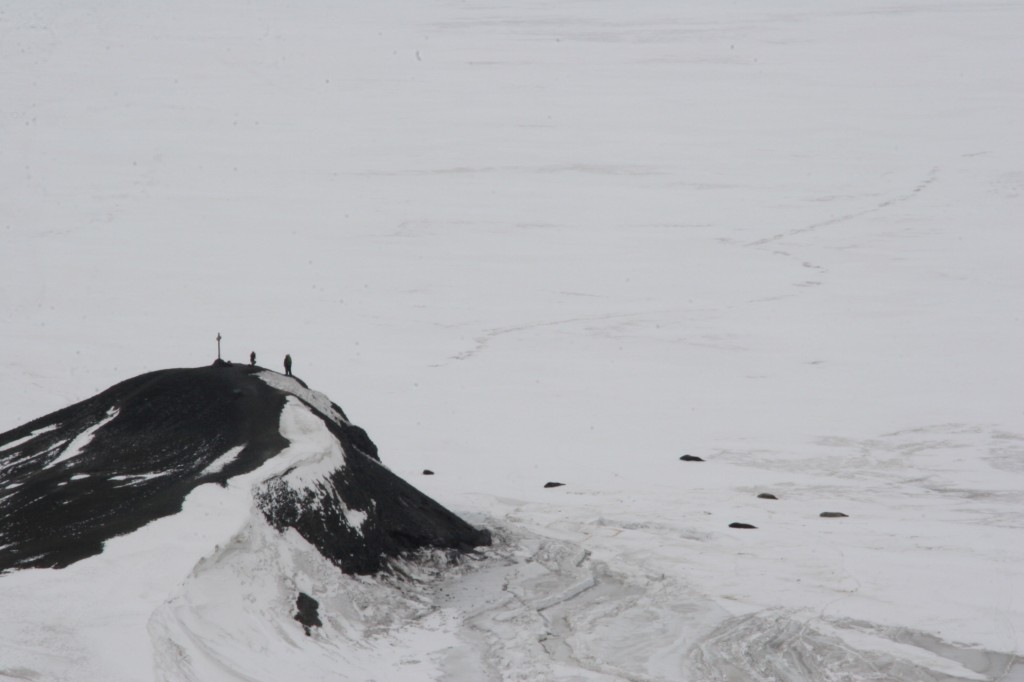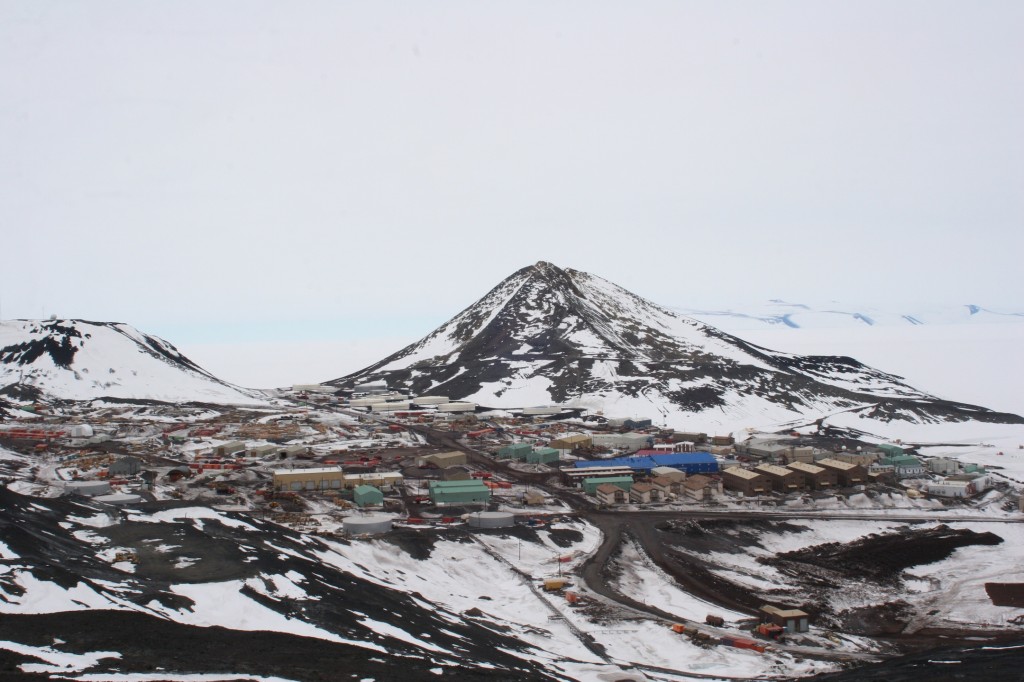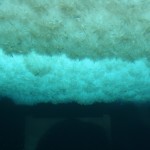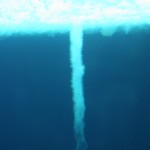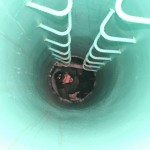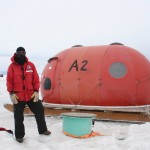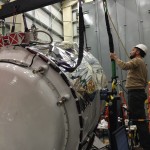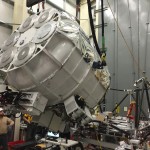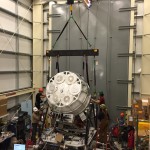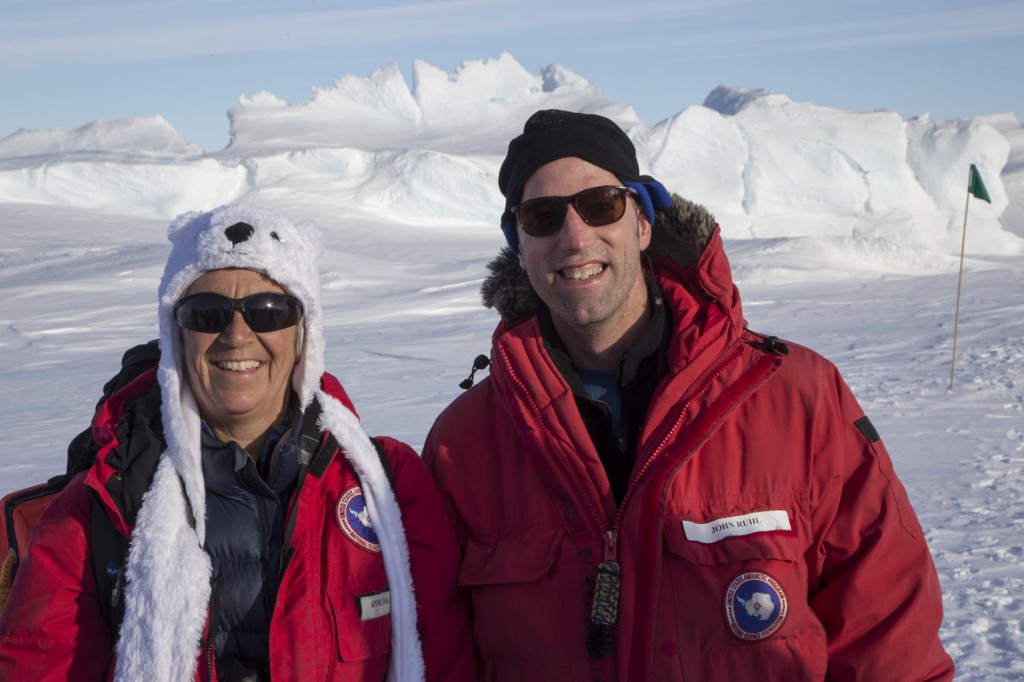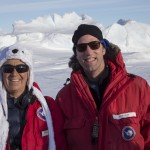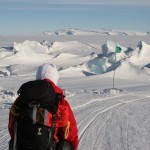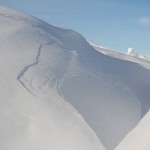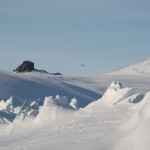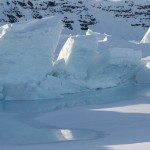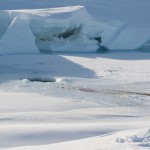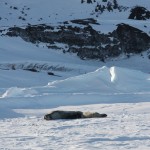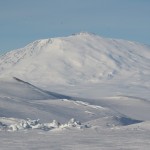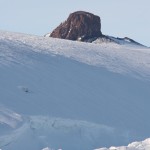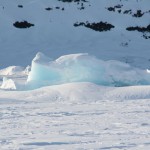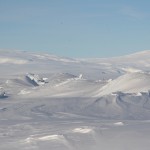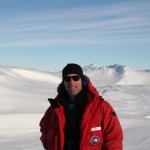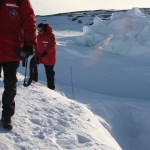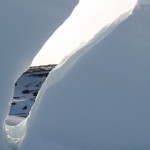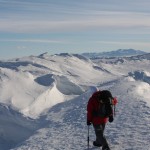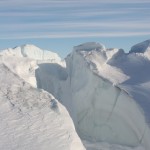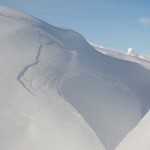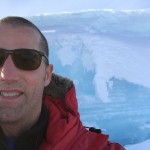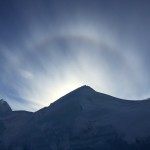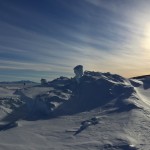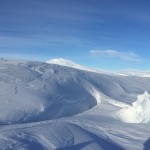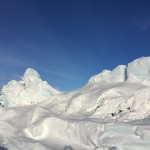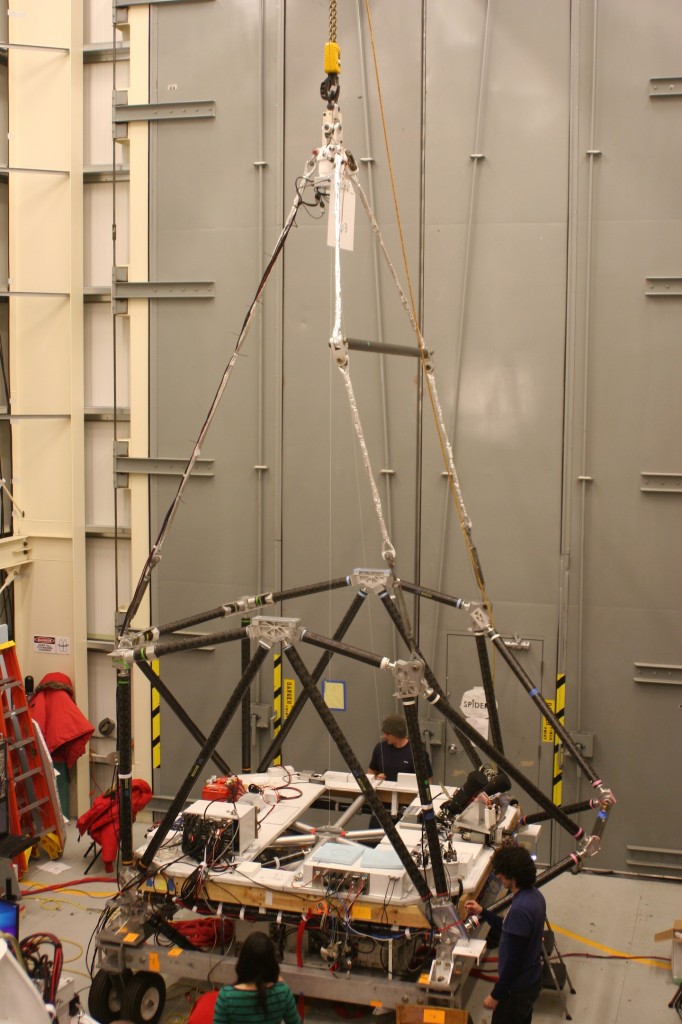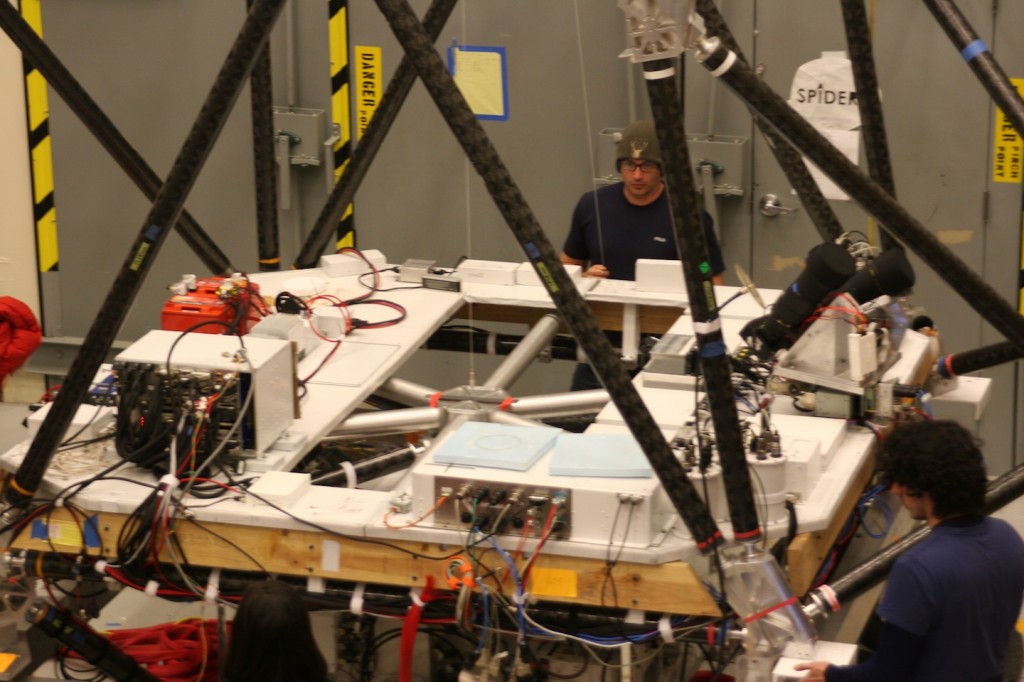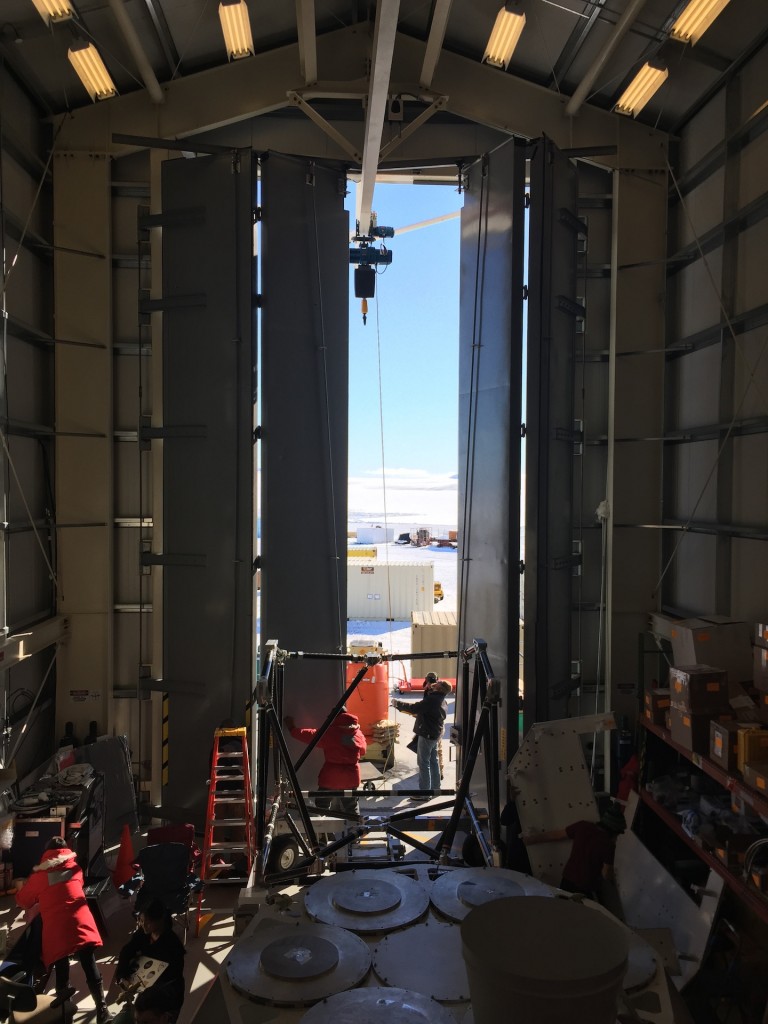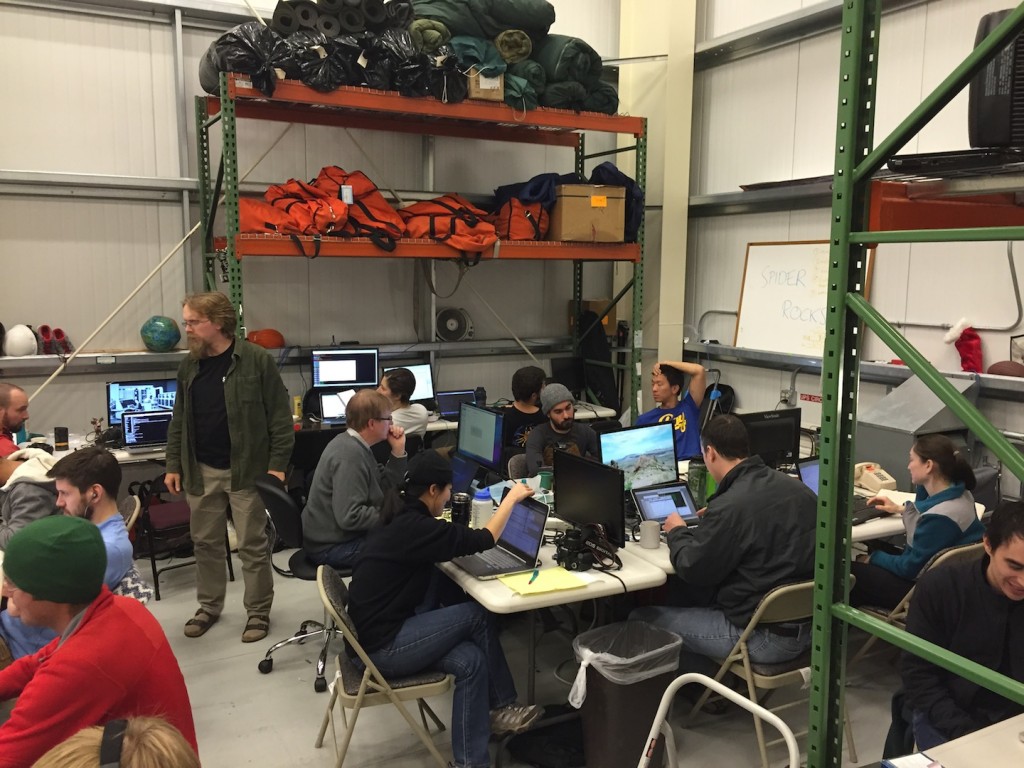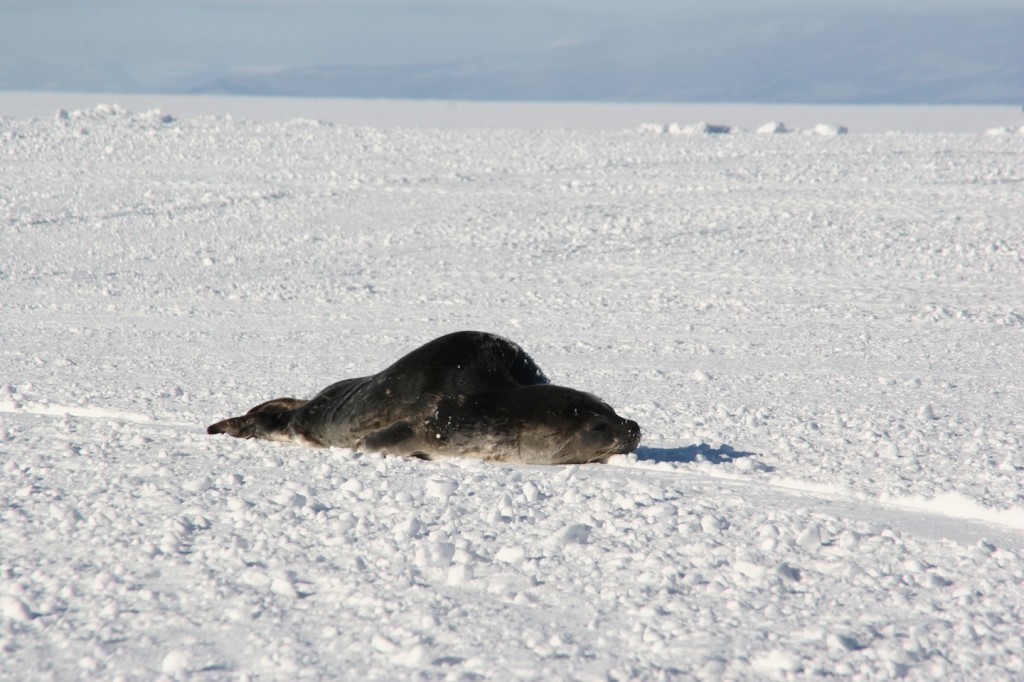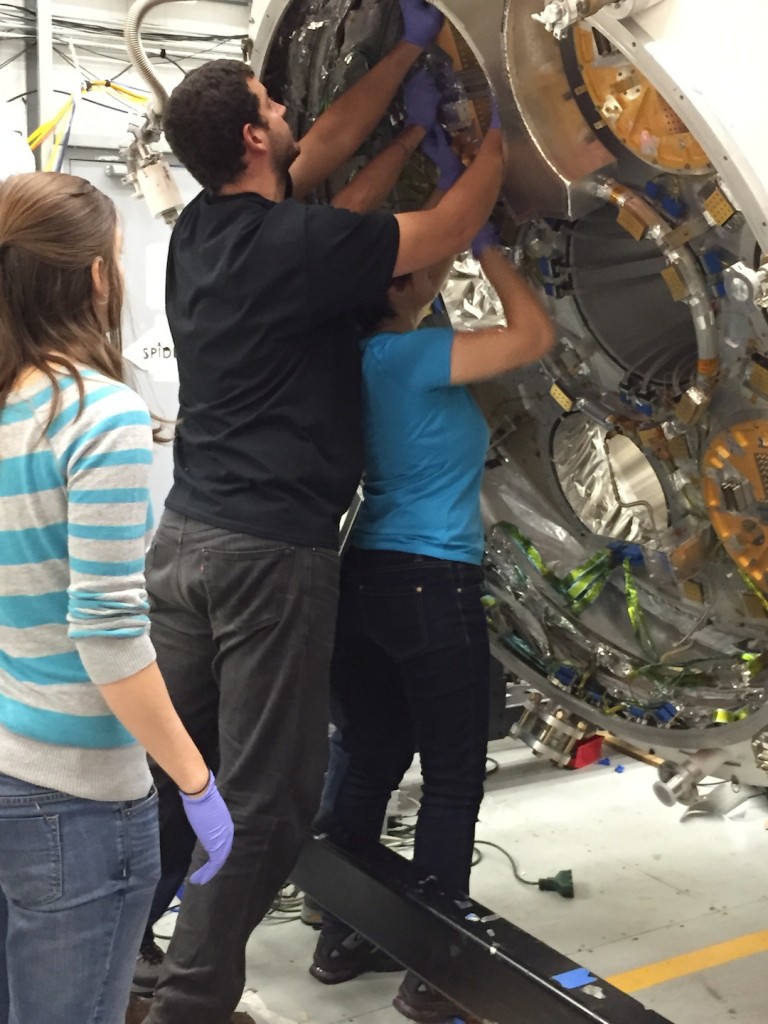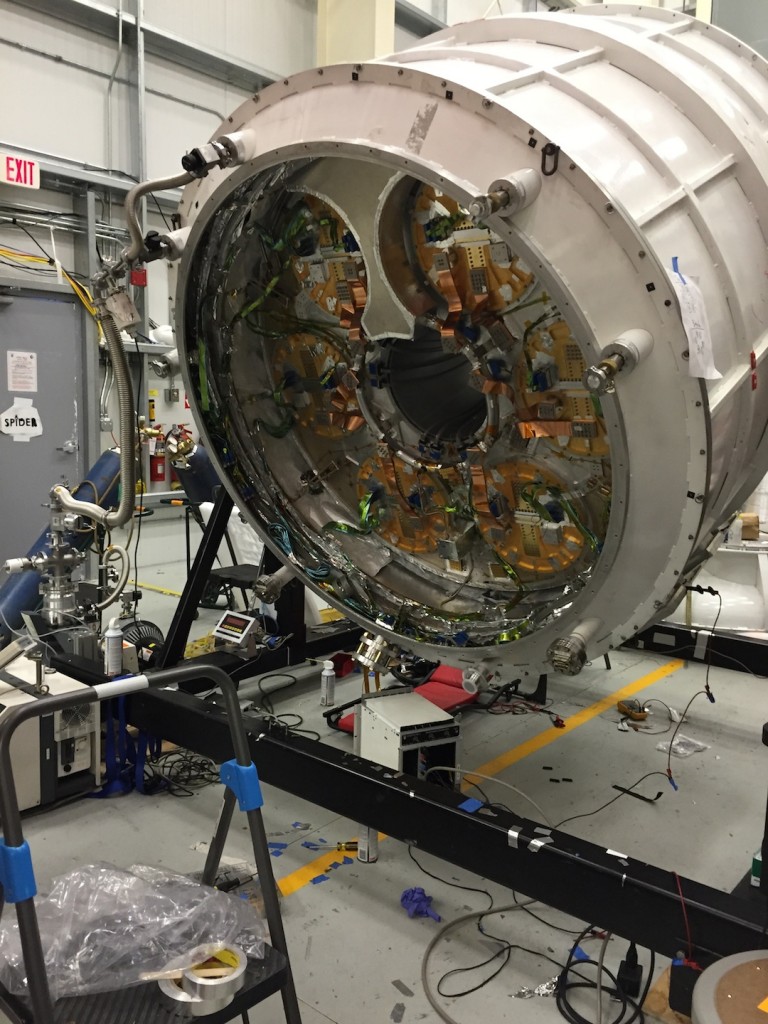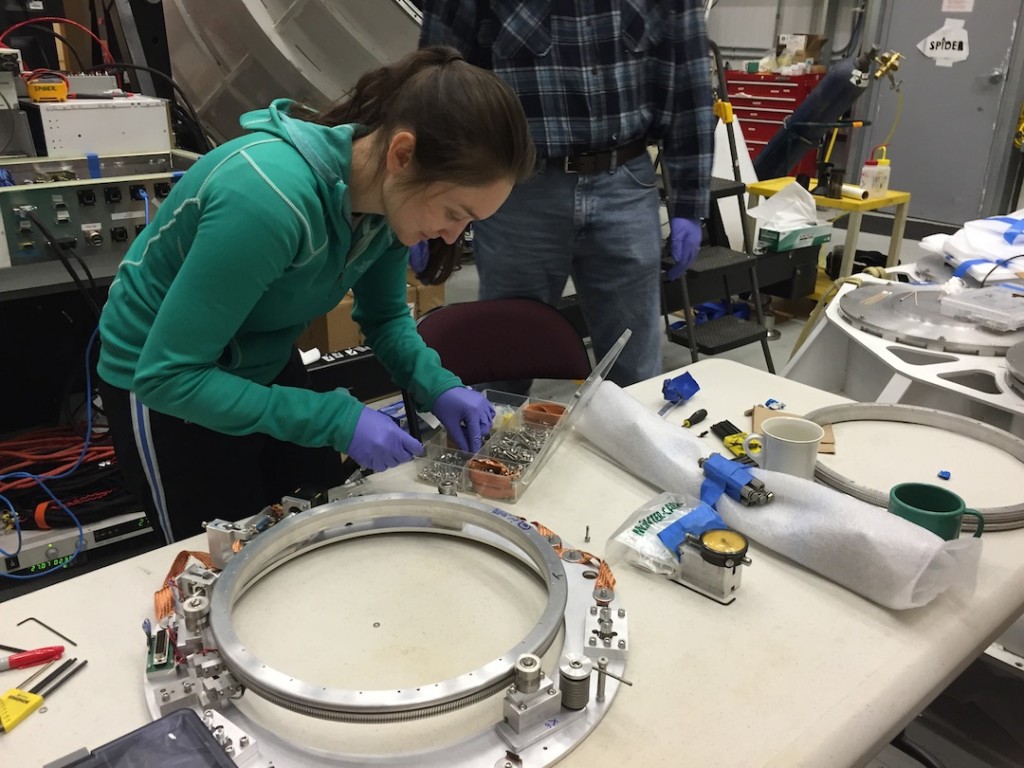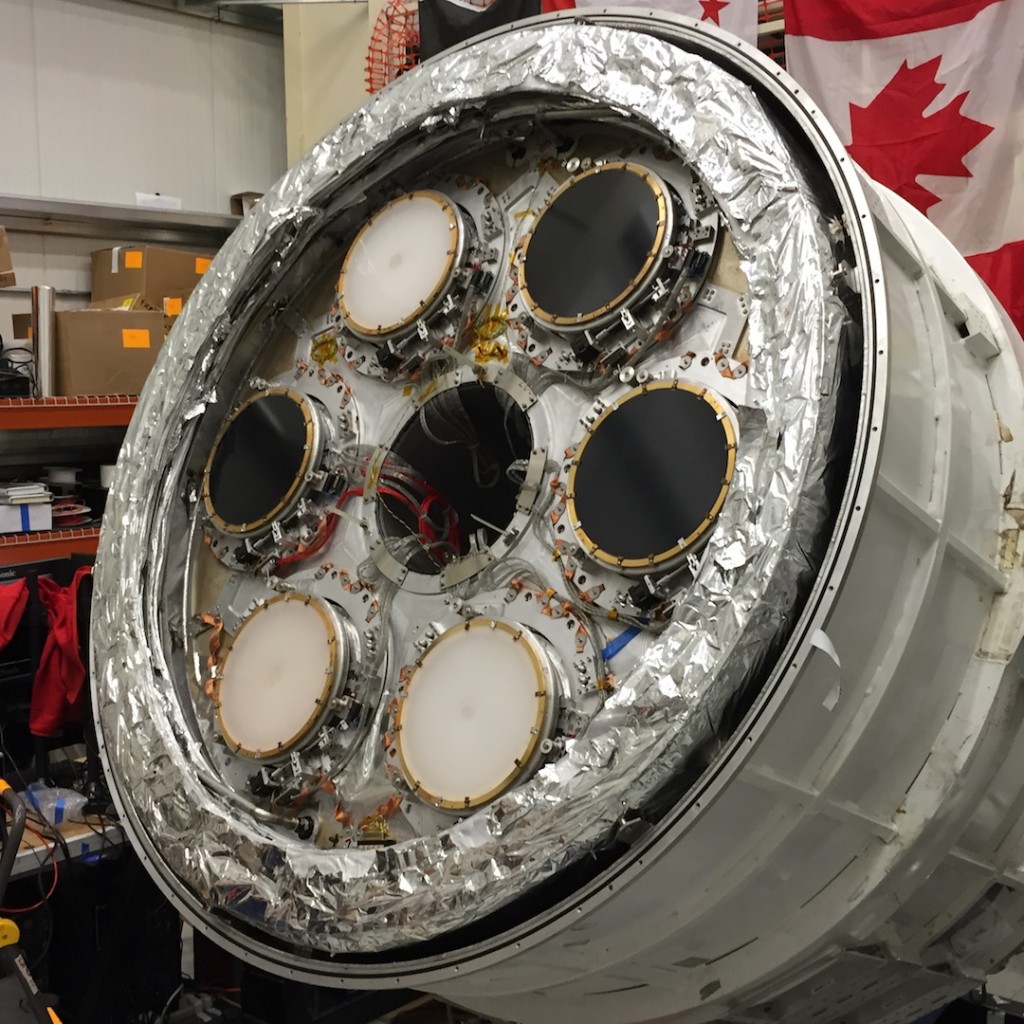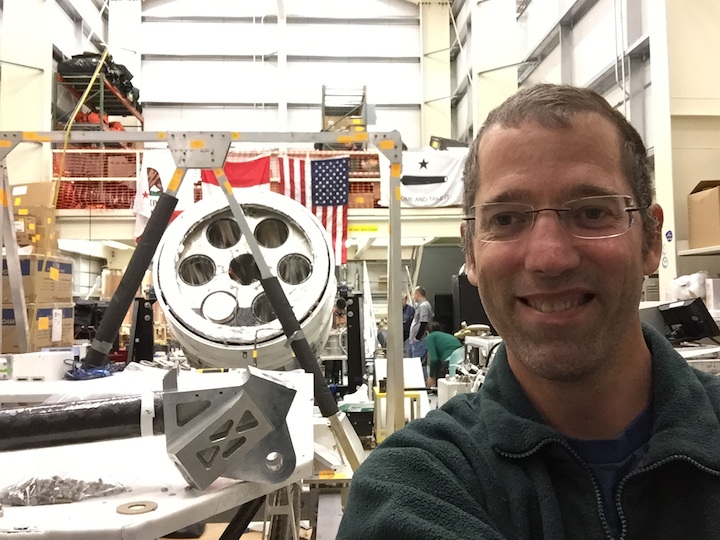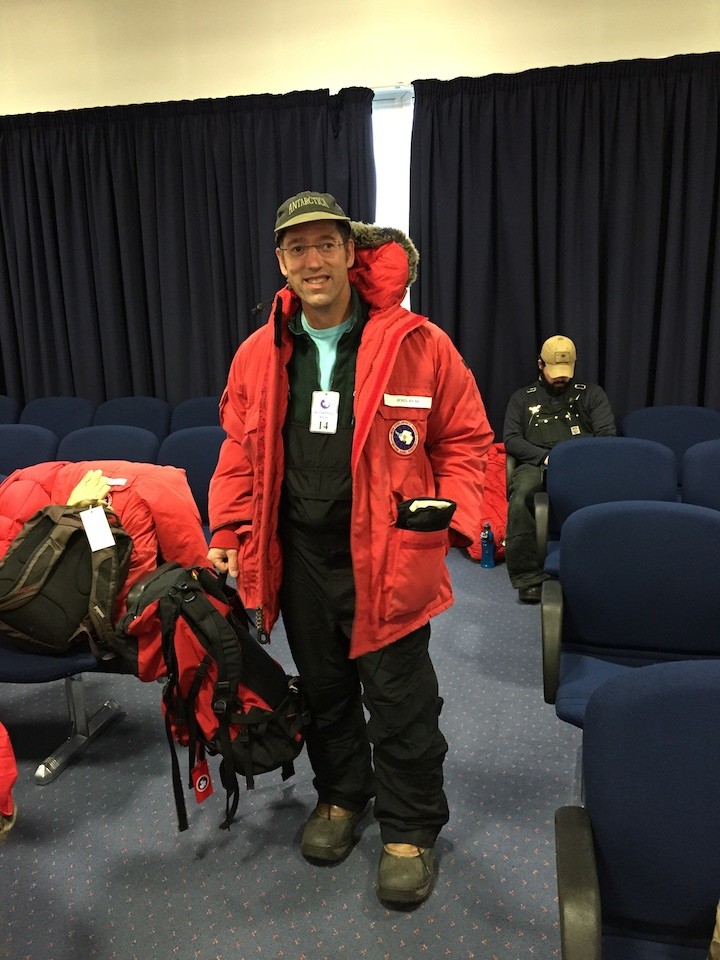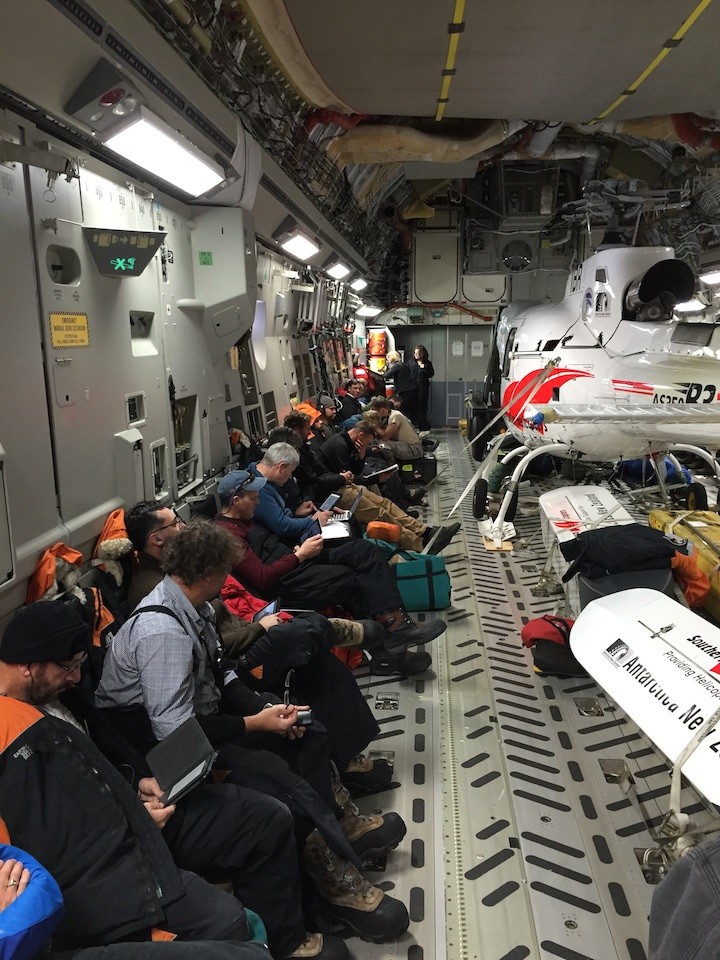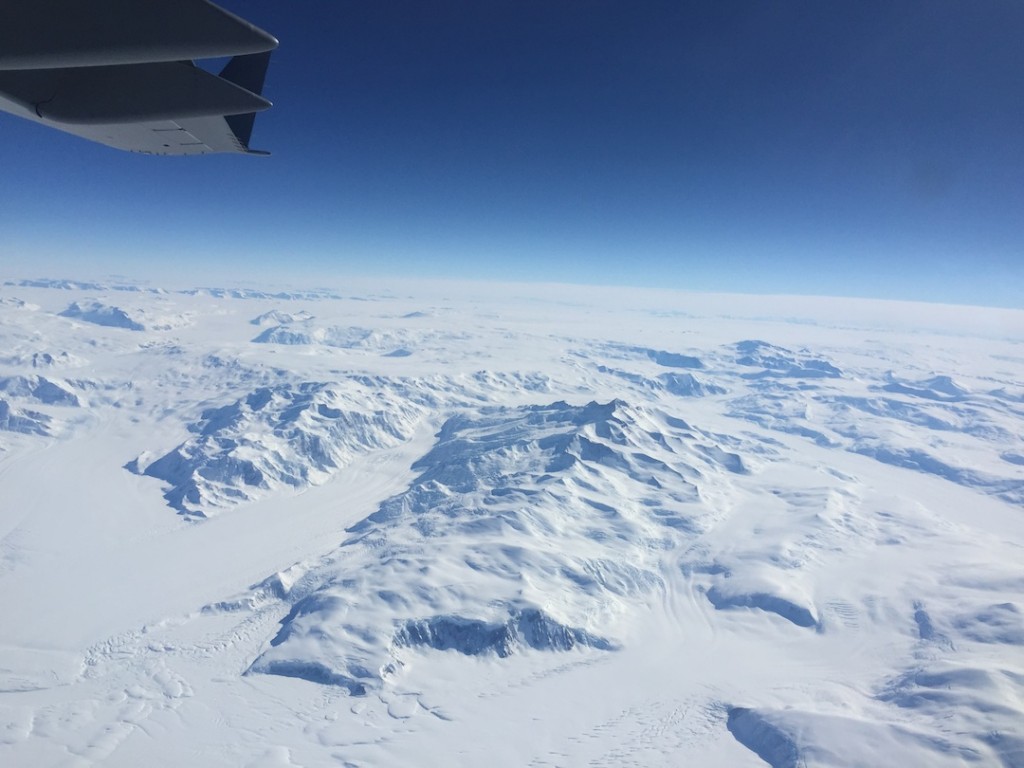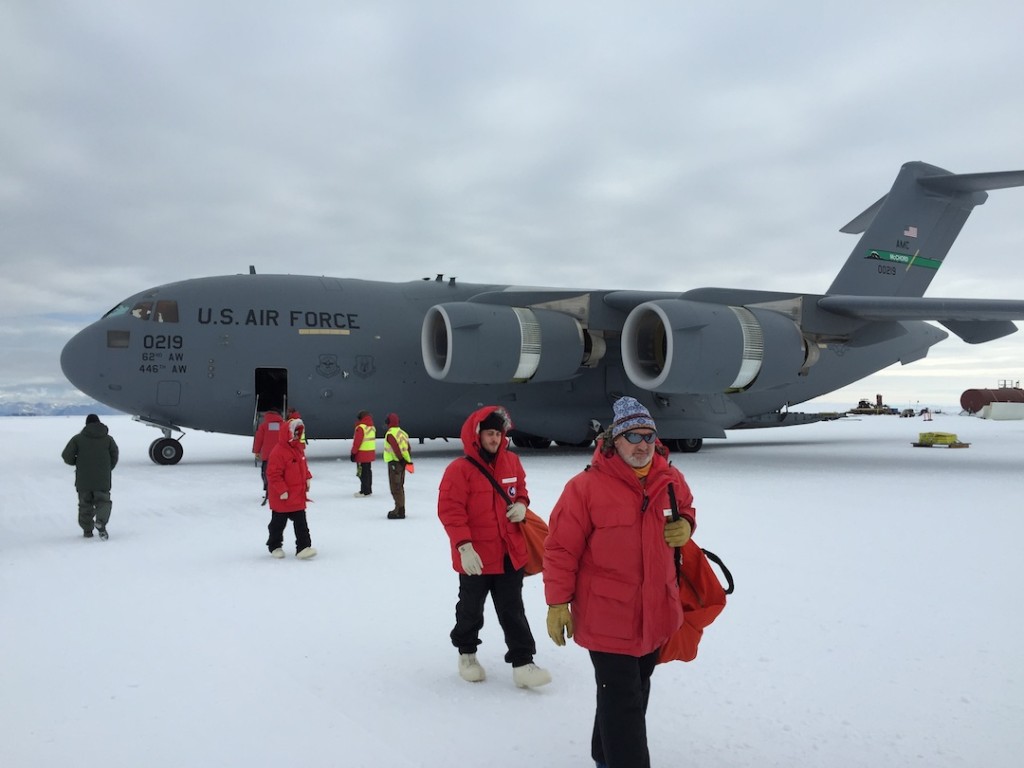I often get asked what wildlife I’ve seen here. In the many times (about 10) I’ve been down here, I’ve seen a total of five types of animals.
First, the most common – the skua. This is a bird that is much like a seagull, and is not afraid of humans. We’re cautioned to not carry food outside in a way that will attract them, as they will work hard to steal it! I can certainly sympathize, given the lack of other things to eat in this barren desert.
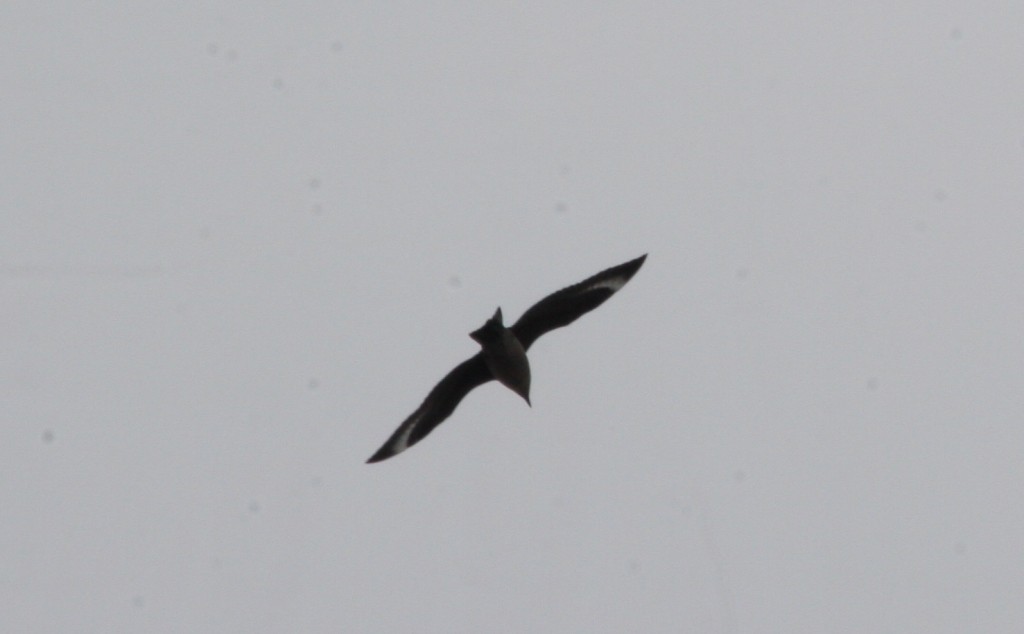
- My emperor penguin sighting, along the road from town to William’s Field. He wasn’t too close, hence the poor quality of the picture! For much better pictures, close up, by another member of our crew that passed this fellow on a later shuttle bus, see http://jegudmunds.wordpress.com/#jp-carousel-443 .
The next is, of course, the Weddell seal, of which I’ve posted pictures previously – they’re quite common, lying on the annual sea ice near the holes they use to slip into the water to hunt.
Everyone wants to know, of course, whether I’ve seen a penguin. I can happily say now, that yes, I’ve finally seen one on this trip. In fact, I saw my first-ever Emperor penguin just last week – here he is:
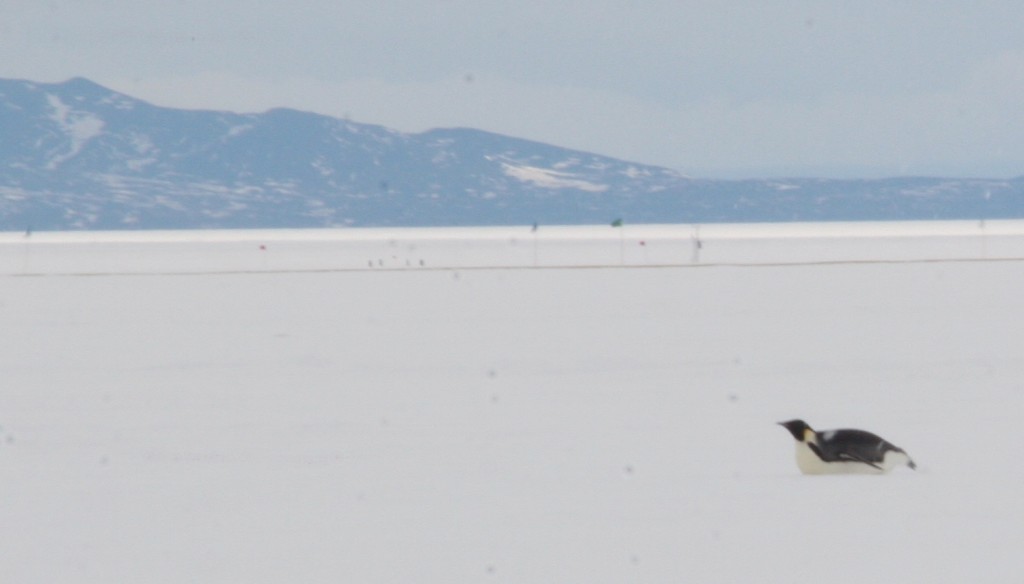
As the caption says, I didn’t get very close (he was well off the road), but some of my work mates saw him much closer, later, and posted great photos… see http://jegudmunds.wordpress.com/#jp-carousel-443 , for example.
To round things out… I haven’t seen them this year, but in the past I’ve seen Adelie penguins (they’re smaller than Emperors) and, the first time I came here, killer whales! That was after the icebreaker broke open a channel to the sea so the resupply ship could dock and deliver supplies to the station. That happens in late January, so I won’t be here for that this trip!
